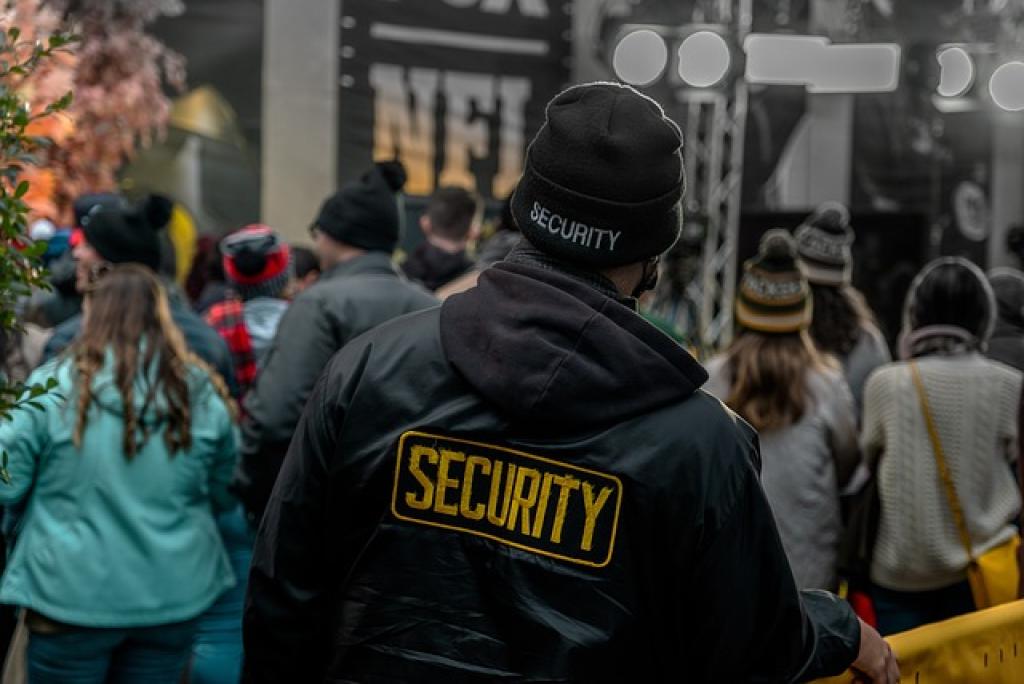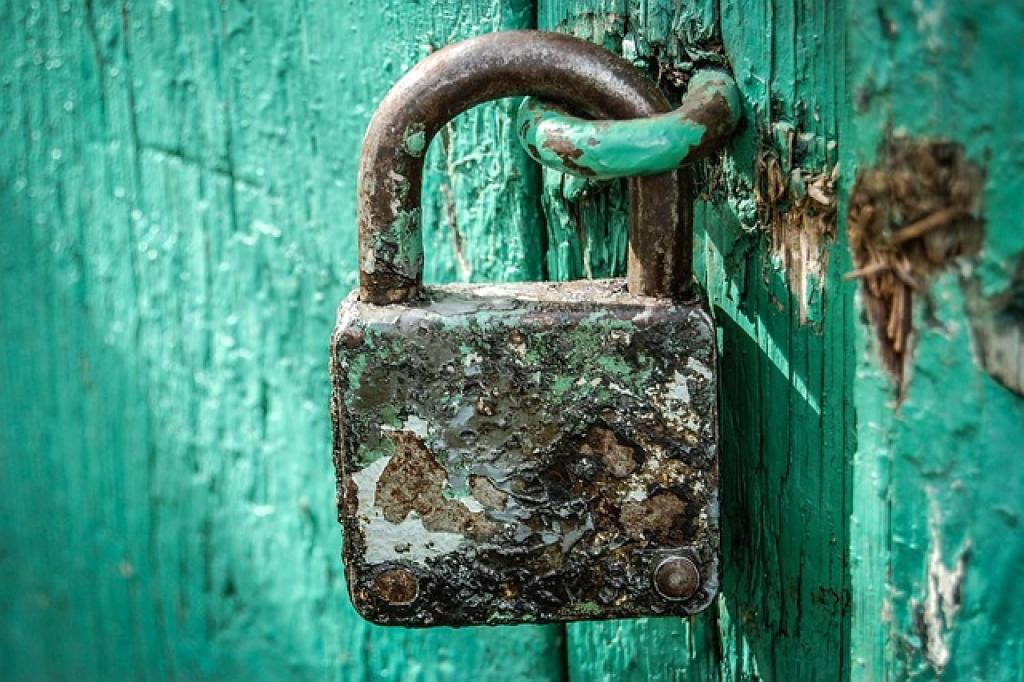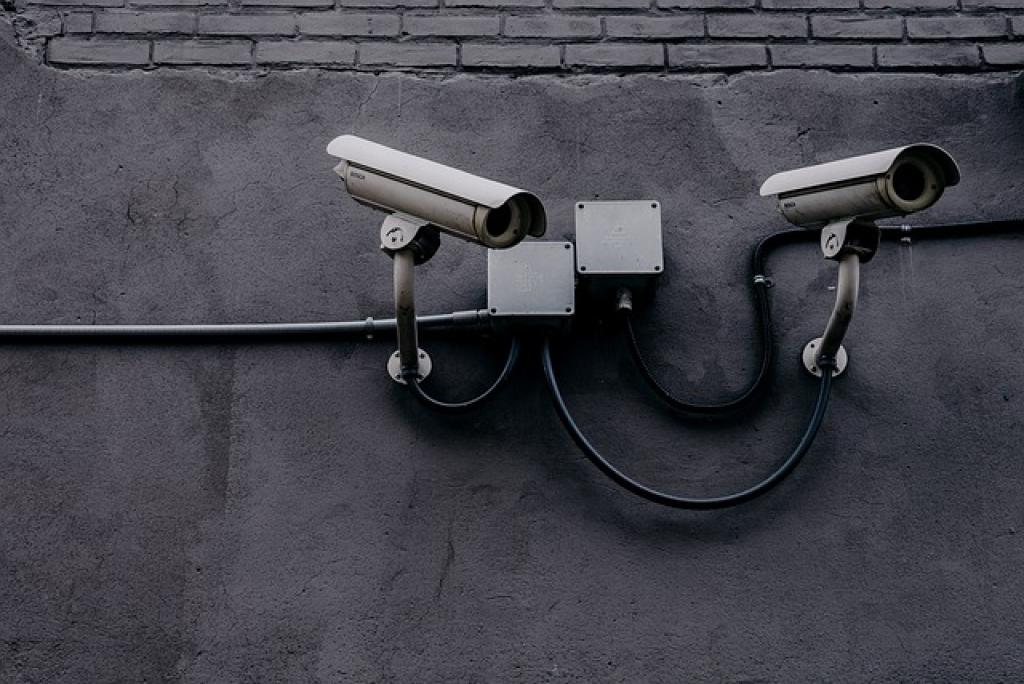
Maximizing Event Security for Business Conferences and Openings
When orchestrating a business conference or a grand opening, ensuring top-notch security is crucial. A secure event not only safeguards attendees and assets but also reinforces your business’s credibility and professionalism.
In today’s dynamic environment, potential threats can range from cyber-attacks to unauthorized access. Prioritizing security means identifying vulnerabilities and implementing measures to mitigate risks effectively.
Think of security as the silent backbone of your event—a well-coordinated system that allows everything to run smoothly. From securing venue perimeters to staffing well-trained personnel, each aspect plays a pivotal role.
By focusing on robust security strategies, you can ensure your event is not just memorable but also safe for everyone involved.
Understanding the Importance of Event Security
Event security isn’t just a precaution; it’s a requisite foundation for any successful business gathering. A secure environment fosters confidence among attendees, allowing them to focus on networking and collaborating without distractions or concerns.
Security issues can lead to disruptions that damage a company’s reputation and incur financial loss. In extreme cases, breaches can endanger lives, turning what should be a positive occasion into a crisis.
Investing in comprehensive security measures is a testament to responsible event planning. It shows stakeholders and participants that their safety is a top priority, bolstering trust in your brand.
Moreover, effective security translates into smooth logistics and operational efficiency. By preemptively addressing potential threats, you can ensure your event proceeds without a hitch, leaving a lasting, positive impression on everyone involved.
Risk Assessment and Threat Identification
At the heart of any solid security strategy lies an accurate risk assessment. This process involves identifying potential threats specific to your event, ranging from physical security breaches to digital vulnerabilities.
Start by evaluating the venue and its surroundings. Consider factors like location, accessibility, and historical incidents. Each of these elements can influence the level of security required.
Identifying Specific Risks
Engage with local authorities and security experts to gain insights into current threats. They can provide valuable information about emerging issues that may impact your event.
Incorporate cybersecurity measures into your assessment. With increased reliance on digital platforms for registration and communication, protecting sensitive information from cyber threats is crucial.
By thoroughly assessing risks and identifying threats early on, you can develop a proactive security plan that addresses both physical and digital components, ensuring a secure environment for all participants.
Implementing Access Control Measures
Access control is a crucial element in fortifying your event’s security. It ensures that only authorized individuals gain entry, minimizing the risk of unauthorized access and potential disruptions.
Start by issuing personalized credentials, such as badges or wristbands, to all attendees. These should be validated at multiple checkpoints throughout the venue to maintain robust oversight.
Entry points need to be strategically established and monitored by trained personnel. Consider using technology such as RFID scanners or biometric systems for efficient access control, especially at larger events.
Don’t overlook the significance of guest lists and pre-event registration. This not only streamlines entry processes but also provides a comprehensive overview of who’s attending.
Enforcing these measures creates a controlled environment where attendees can feel secure, allowing them to focus on the event itself without concerns about safety.
Security Personnel Training and Coordination
The effectiveness of your security measures largely depends on the training and coordination of the personnel tasked with implementing them. Well-trained security teams are essential for promptly and effectively managing potential threats.
Ensure that all security staff receive comprehensive training in crowd management, emergency response, and communication protocols. Familiarity with the event layout and specific roles is critical for smooth operations.
Enhancing Team Communication
Equip personnel with reliable communication devices, enabling them to maintain contact throughout the event. Clear communication channels allow for rapid response and coordination in case of an incident.
Conduct pre-event briefings to align your team on security protocols and emergency procedures. This ensures everyone is on the same page and can act swiftly if the need arises.
Consistent monitoring and adapting strategies based on real-time feedback can greatly enhance the security of your event, ensuring a seamless experience for both staff and attendees.
Utilizing Technology for Enhanced Security
Leveraging technology is a game-changer in elevating the security framework of any event. It offers sophisticated solutions that augment traditional security measures, providing a more comprehensive safety net.
Surveillance systems, such as CCTV cameras and drones, provide real-time monitoring and can act as a deterrent for potential security breaches. These tools enable security teams to quickly spot and address suspicious activities.
Advanced Access Technology
Biometric scanners and key card systems enhance access control by ensuring only authorized personnel can enter sensitive areas. These technologies add an extra layer of security, reducing the risk of unauthorized access.
Implement cybersecurity measures to guard against digital threats. Encryption, firewalls, and secure Wi-Fi networks protect sensitive data, ensuring the integrity of digital communications.
By integrating these advanced technological solutions into your security plan, you create a safer environment that is equipped to handle both physical and digital challenges, inviting confidence from all event participants.
Emergency Response Planning and Communication
Having a well-defined emergency response plan is crucial for any event, ensuring quick and effective action should unforeseen situations arise. This preparation can significantly reduce risks and ensure safety.
Begin by identifying potential emergency scenarios, such as medical emergencies, fires, or security breaches. Develop specific protocols for each, detailing the necessary steps and responsibilities.
Effective Communication
Establish clear communication channels among your security personnel, staff, and local emergency services. This facilitates rapid information exchange and coordinated responses, crucial during a crisis.
Regularly conduct drills to familiarize your team with the emergency procedures, ensuring everyone knows their role. This practice builds confidence and helps teams execute plans efficiently under pressure.
Inform attendees of basic emergency protocols, such as exit locations and contact points for assistance. This prepares them to act promptly if needed, contributing to a calmer, more organized response to emergencies.
By prioritizing emergency response planning and communication, you create a resilient environment that safeguards both guests and staff, while reinforcing the professionalism of your event planning.
Post-Event Evaluation and Lessons Learned
Once your event concludes, it’s essential to conduct a thorough evaluation of the security measures implemented. This reflection is invaluable for identifying strengths and areas for improvement.
Gather feedback from security personnel, staff, and stakeholders to gain diverse perspectives on the event’s security operations. Their insights can highlight unseen issues and commend successful strategies.
Analyze any incidents or near-misses that occurred, examining the response and outcomes. This analysis helps refine future plans and maximize the efficiency of security protocols.
Document all findings and incorporate them into a comprehensive report. This serves as a valuable resource for planning future events and ensuring that each one benefits from an enhanced security strategy.
By continually learning from each event, you reinforce your commitment to safety and excellence, building a reputation for hosting well-secured and successful business gatherings.
The Bottom Line: Ensuring Ongoing Event Security Improvement
In today’s ever-evolving landscape, maintaining robust event security is not a one-time effort but an ongoing commitment. The dynamic nature of threats demands a proactive and adaptable approach, ensuring that each event is safer than the last.
Continuous learning and adaptation are key. By conducting thorough post-event evaluations, you gain valuable insights that refine your security strategies, addressing both current and potential threats. This ongoing process helps build a more resilient security framework tailored to your event’s specific needs.
Furthermore, investing in training and technology keeps your security measures aligned with advancing threats. Regular updates in technology and strategies ensure your team remains prepared and capable of handling emergencies efficiently.
Communication also plays a vital role in security improvement. By engaging stakeholders, security personnel, and attendees, you create a collaborative environment where safety is everyone’s responsibility. This inclusive approach fosters trust and encourages vigilance.
Ultimately, the success of your event hinges on providing a secure setting that reassures all participants. By committing to continuous improvement, you not only uphold the integrity and reputation of your events but also pave the way for even more successful gatherings in the future.
Remember, effective event security is an investment in peace of mind, allowing all attendees to focus on what truly matters: the purpose and enjoyment of the event itself.


